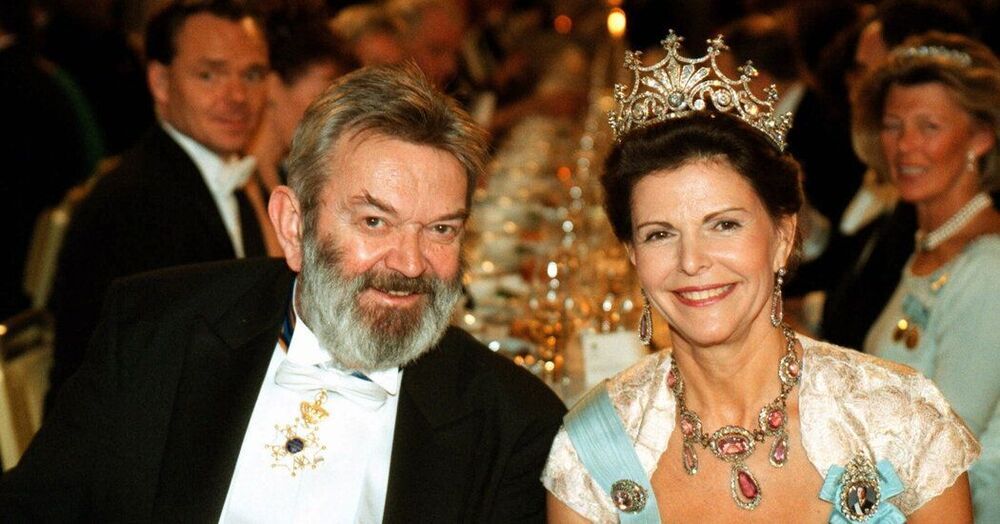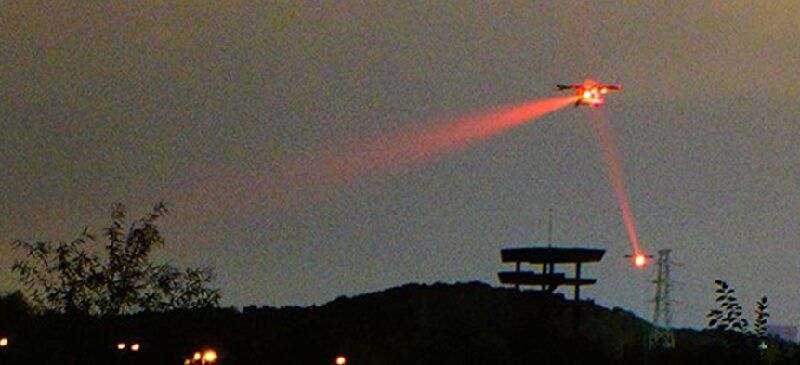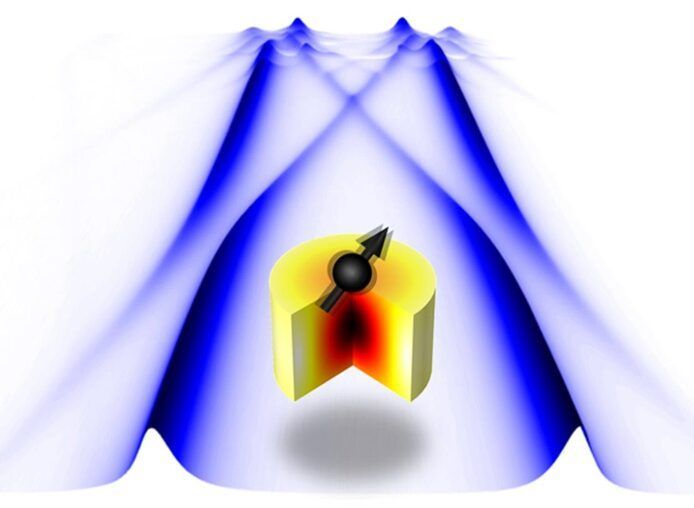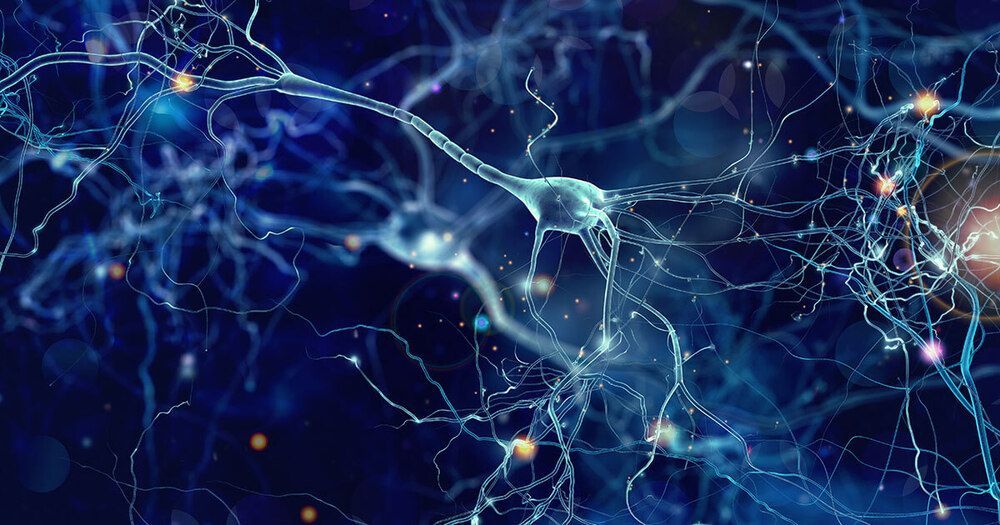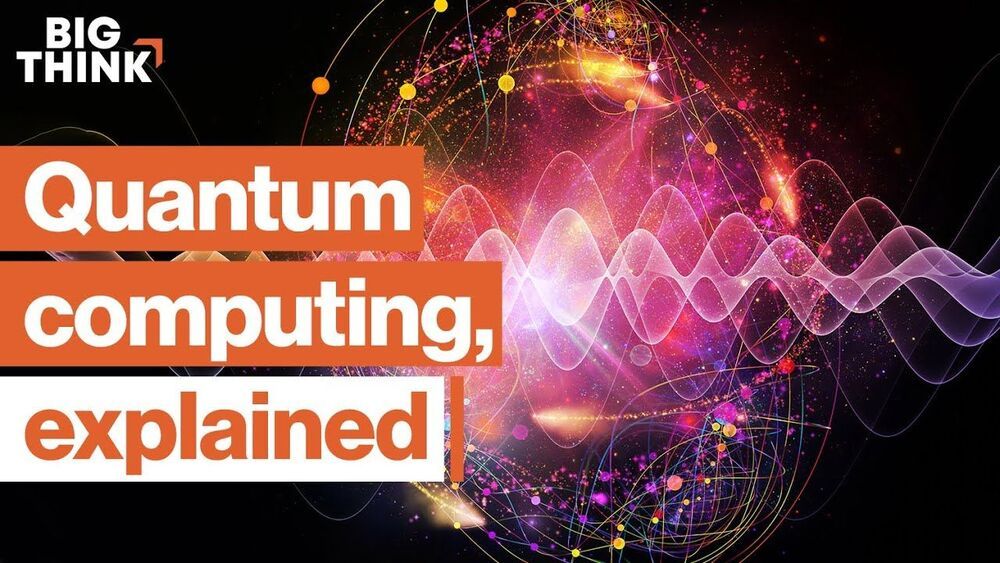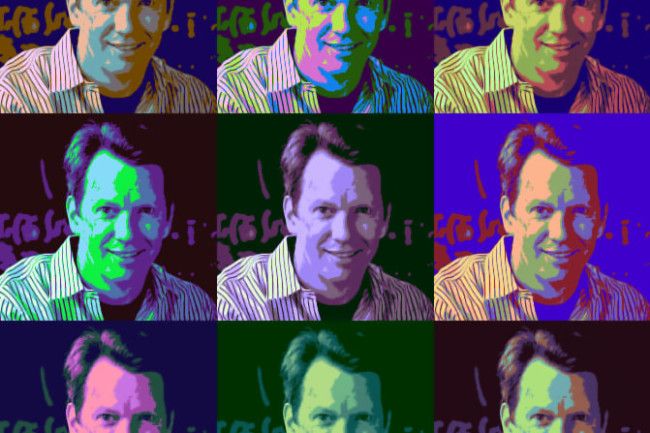Jan 19, 2021
Tracking a Single Ion in an Ultracold Gas
Posted by Quinn Sena in categories: particle physics, quantum physics
Direct observation of an ion moving through a Bose-Einstein condensate identifies the effect of ion-atom collisions on charge transport in an ultracold gas.
When you expose mobile electrical charges in a medium to an electrical field, current flows. The charges are accelerated by the field, but collisions within the medium give rise to a kind of friction effect, which limits the velocity of the charges and thus the current. This universal concept, called diffusive transport, describes a large range of media, such as metallic conductors, electrolytic solutions, and gaseous plasmas. But in a quantum system, such as a superconductor or a superfluid, other collective effects can influence the transport through the medium. Now, a group led by Florian Meinert and Tilman Pfau both of the University of Stuttgart, Germany, have carried out charge-transport experiments with a single ion traversing a Bose-Einstein condensate (BEC), which is a quantum gas of cold neutral atoms [1]. The precise tracking of the ion shows that the transport is diffusive and reveals the character of the ion-atom collisions.
